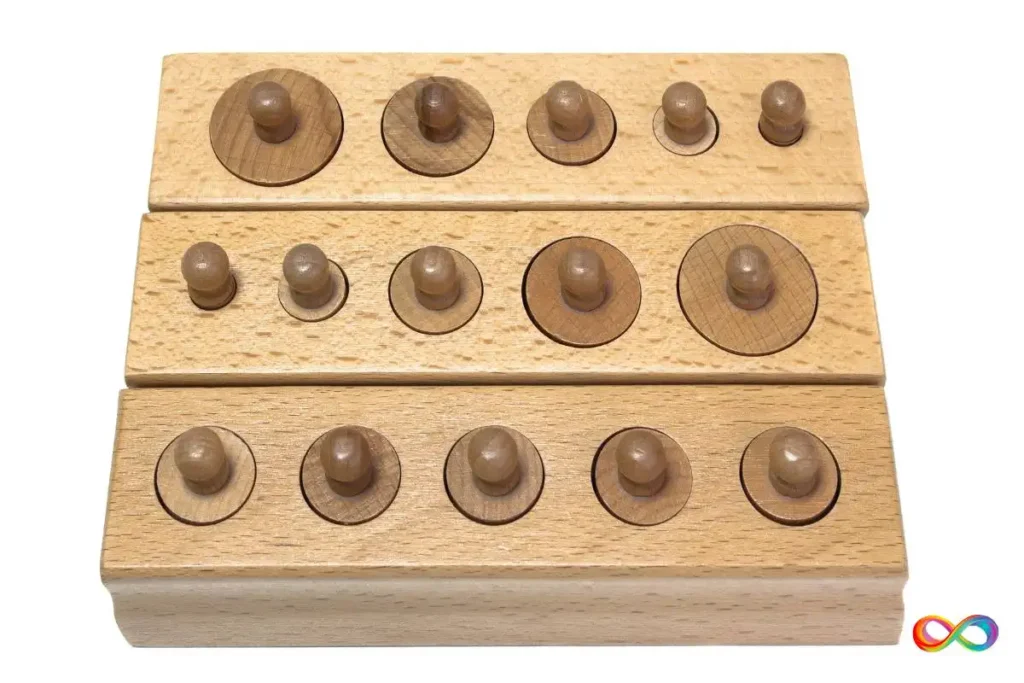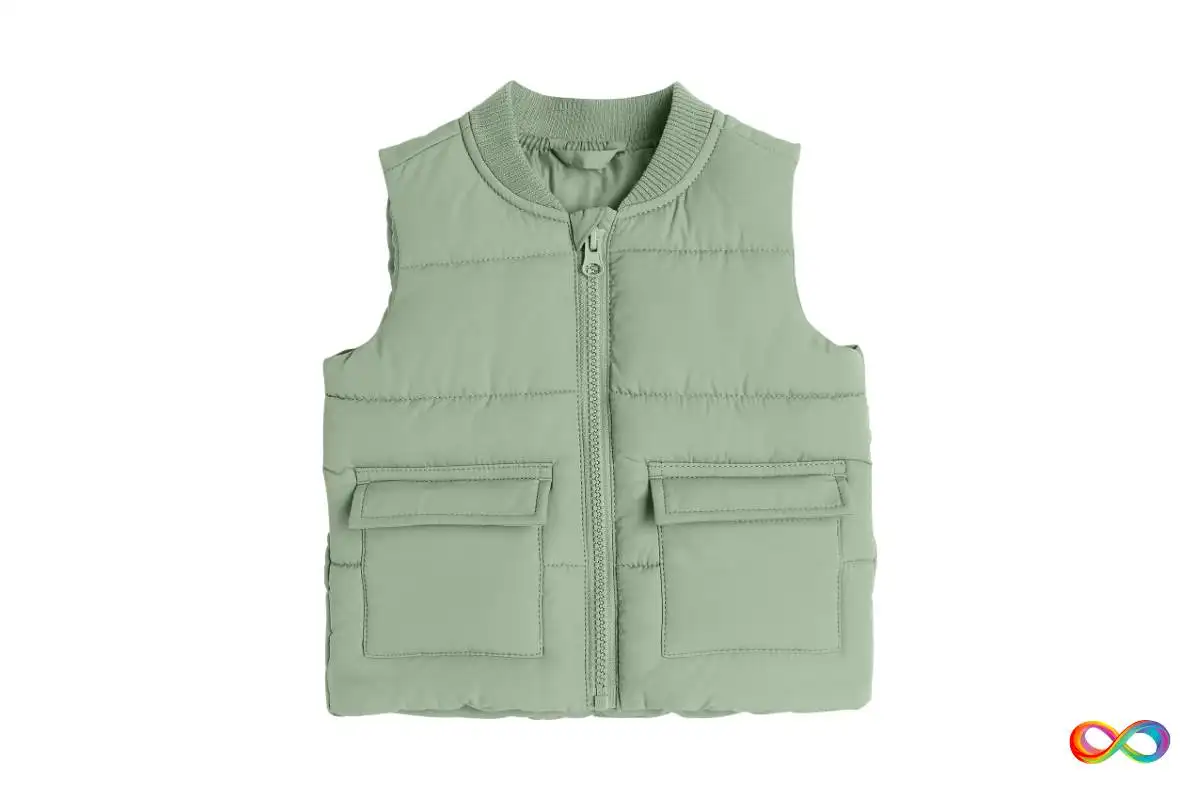Weighted toys have become increasingly popular in recent years as a tool for helping children with autism. These toys are designed to provide a calming and soothing effect on children with sensory processing difficulties. They work by providing deep pressure stimulation, which can help to reduce anxiety and promote relaxation.
Weighted toys come in different shapes and sizes, including stuffed animals, blankets, lap pads, and vests. They are typically filled with materials such as plastic pellets or glass beads to add weight. The weight is evenly distributed throughout the toy, providing a gentle and comforting pressure that can help to regulate the nervous system.
One of the benefits of weighted toys is that they can be used in a variety of settings, including at home, at school, and during therapy sessions. They can also be used during different activities, such as reading, watching TV, or sleeping. This versatility makes them a valuable tool for parents and caregivers of children with autism.
Benefits of Weighted Toys
Weighted toys have become increasingly popular as a therapeutic tool for children with autism. These toys are designed to provide deep pressure and proprioceptive input, which can have a calming and soothing effect on the nervous system. Here are some of the benefits of using weighted toys for children with autism:
1. Sensory Integration
One of the main benefits of using weighted toys is that they can help with sensory integration. Children with autism often have difficulty processing sensory information, which can lead to sensory overload and meltdowns. Weighted toys provide deep pressure input, which can help to regulate the sensory system and improve overall sensory processing.
2. Anxiety Reduction
Another benefit of using weighted toys is that they can help to reduce anxiety. Many children with autism struggle with anxiety, which can make it difficult for them to engage in everyday activities. Weighted toys provide a sense of security and comfort, which can help to reduce anxiety and promote relaxation.
3. Improved Sleep Patterns
Using weighted toys can help to improve sleep patterns in children with autism. Many children with autism struggle with sleep disturbances, which can lead to a host of other issues such as irritability and difficulty with attention and concentration. Weighted toys can help to promote relaxation and improve sleep quality, which can have a positive impact on overall behavior and functioning during the day.
Types of Weighted Toys
Weighted toys are a popular tool used to help children with autism. They provide deep touch pressure, which can help to reduce anxiety and promote relaxation. The following are some of the most common types of weighted toys:
1. Weighted Stuffed Animals
Weighted stuffed animals, also known as sensory-weighted toys, are a popular type of weighted toy. They are designed to provide gentle, deep pressure and proprioceptive input, which can have a calming and soothing effect on the body and mind.
These toys come in a variety of shapes, sizes, and textures, and can be customized to meet the specific needs of each child. Some popular types of weighted stuffed animals include bears, dogs, cats, and even dinosaurs.
2. Weighted Blankets
Weighted blankets are another popular type of weighted toy. They are designed to provide deep touch pressure, which can help to reduce anxiety and promote relaxation.
These blankets come in a variety of sizes and weights and can be customized to meet the specific needs of each child. Some popular types of weighted blankets include daytime drapes and all-purpose blankets.
3. Weighted Vests
Weighted vests are a popular type of weighted toy that can be worn by children with autism. They are designed to provide deep touch pressure, which can help to reduce anxiety and promote relaxation.
These vests come in a variety of sizes and weights and can be customized to meet the specific needs of each child. Some popular types of weighted vests include the Fun and Function Weighted Compression Vest and the Harkla Weighted Vest.
Weighted toys can be a valuable tool for children with autism. They provide deep touch pressure, which can help to reduce anxiety and promote relaxation. By choosing the right type of weighted toy, parents and caregivers can help to provide their children with the support they need to thrive.
Safety Considerations for Weighted Toys
Weighted toys are becoming increasingly popular for children with autism as they can help with sensory processing and promote calmness. However, it is important to consider safety when using these toys.
- Weighted toys should only be used under the guidance of a healthcare professional, such as an occupational therapist. They can assess the child’s needs and recommend an appropriate weight and type of toy.
- The weight of the toy should not exceed 10% of the child’s body weight. For example, a child who weighs 50 pounds should not use a toy that weighs more than 5 pounds.
- Check the toy regularly for any signs of wear and tear. If the toy is damaged, it should be replaced immediately to prevent any potential hazards.
- Supervise the child when they are using the toy. This will ensure that they are using it safely and prevent any potential accidents.
By following these safety considerations, parents and caregivers can ensure that their child is using weighted toys safely and effectively.
Choosing the Right Weighted Toy
When it comes to choosing the right weighted toy for a child with autism, there are several factors to consider. Here are some essential points to keep in mind to ensure you select the best option for your child.
Age Appropriateness
The first step in selecting a weighted toy for a child with autism is to consider their age. Some weighted toys are designed for toddlers, while others are better suited for older children. For instance, younger children may benefit from a weighted blanket or stuffed animal, while older children may prefer a weighted vest or lap pad.
Weight Guidelines
The weight of the toy is another crucial factor to consider. The weight of the toy should be appropriate for the child’s size and weight. As a general rule, the toy should be no more than 10% of the child’s body weight. For example, if the child weighs 50 pounds, the toy should not weigh more than 5 pounds.
Personal Preferences
While age appropriateness and weight guidelines are essential, personal preferences also play a significant role in selecting the right weighted toy. Some children may prefer a particular type of toy, such as a stuffed animal or lap pad, while others may prefer a weighted vest. It is essential to involve the child in the decision-making process and take their preferences into account.










